Weekly Newsletter
Curated articles every weekApplied Sports Science Weekly Digest #353
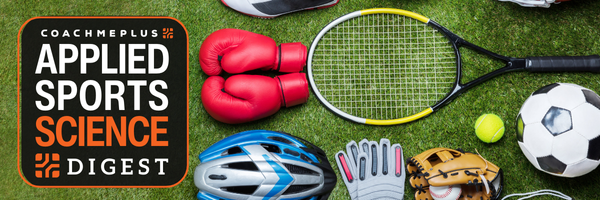
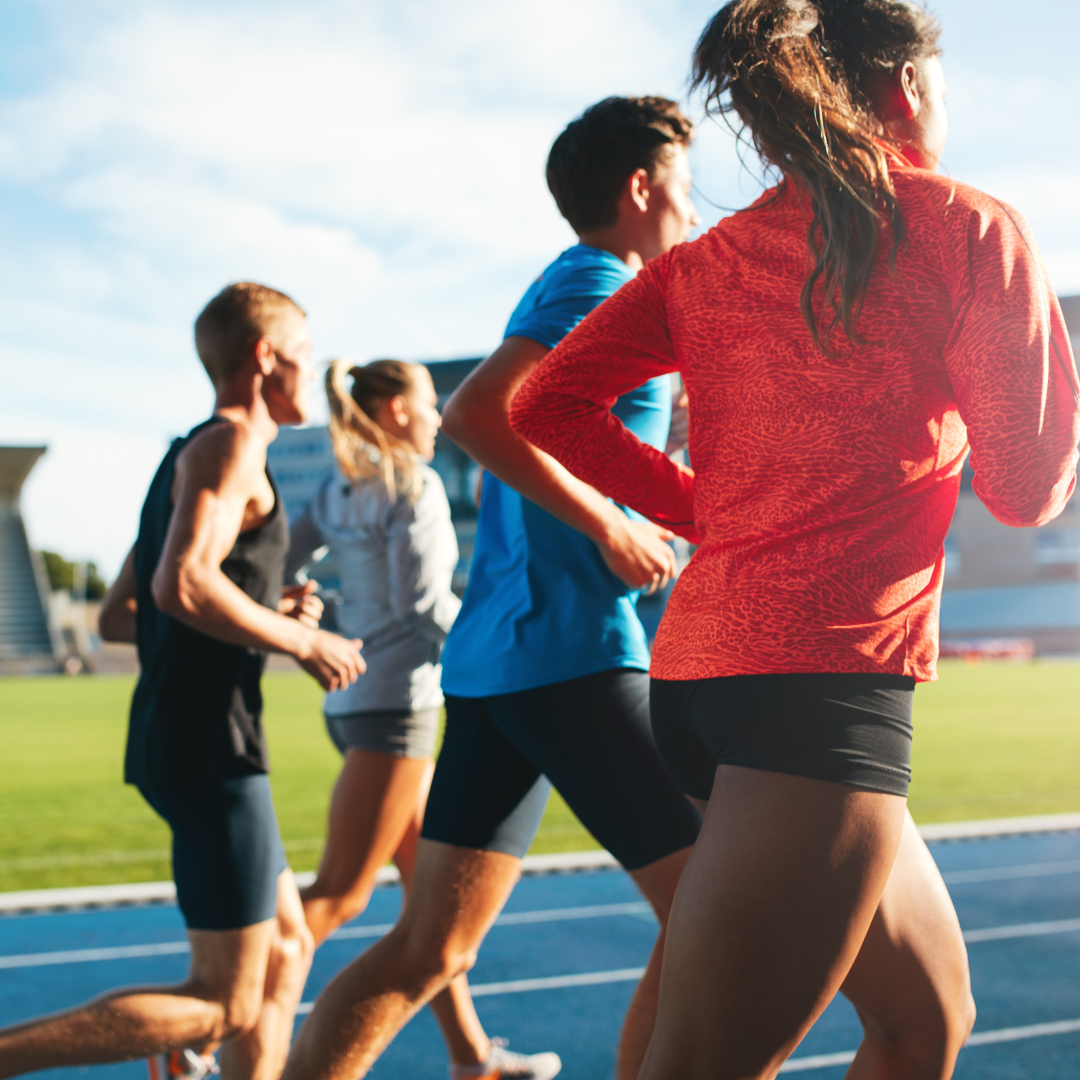
Frontiers in Sports and Active Living | November 2023
Effects of physical activity on subjective well-being: the mediating role of social support and self-efficacy
“In the practical teaching of promoting college students’ subjective well-being, in addition to paying attention to stimulating physical activity, special attention should be paid to the promotion of social support and self-efficacy.“
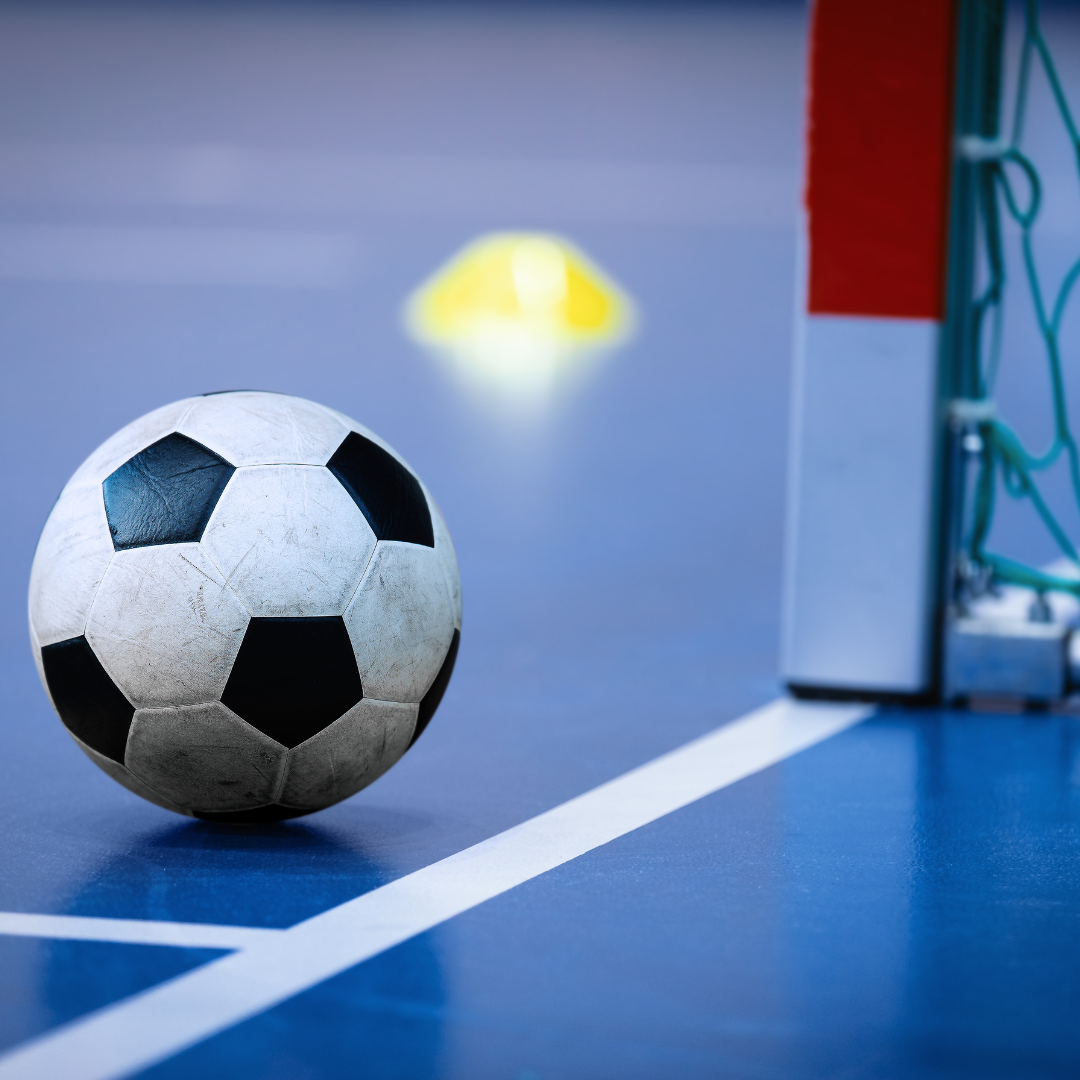
Frontiers in Sports and Active Living | November 2023
Space and players’ number constrains the external and internal load demands in youth futsal
“It was concluded that increasing the relative area by reducing the number of players involved in the tasks in the form of small-sided games, in relation to the futsal game, can be considered a pedagogical strategy to increase the external and internal load demands of young futsal players.“
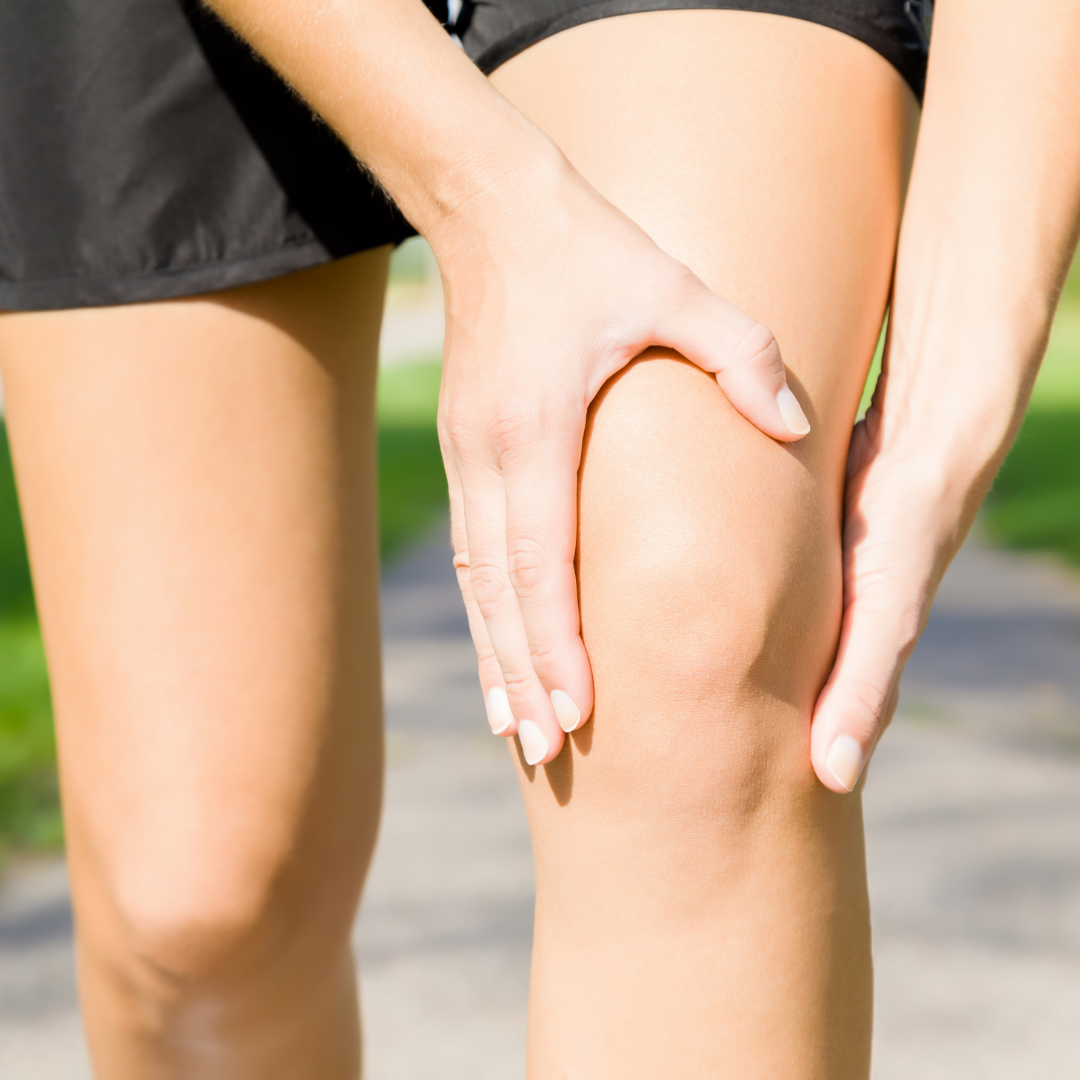
Frontiers in Sports and Active Living | November 2023
Myotonometry and extended field-of-view ultrasound imaging allow reliable quantification of patellar tendon stiffness and length at rest and during maximal load, whereas several restrictions exist for the Achilles tendon
“The estimated ICCs show good to excellent reliability for the myotonometry method and the EFOV-US technique for measuring PT stiffness and length at rest and maximal load for experienced and novice investigators.“

Frontiers in Sports and Active Living | November 2023
Comparing locomotor intensity indicators in soccer training and competition across contextual factors: a study of replaced coaches in a Portuguese professional 1st league team
“The study suggests that changes in soccer HC can affect players’ training intensity and game performance, influenced by various contextual factors and not directly correlated.“
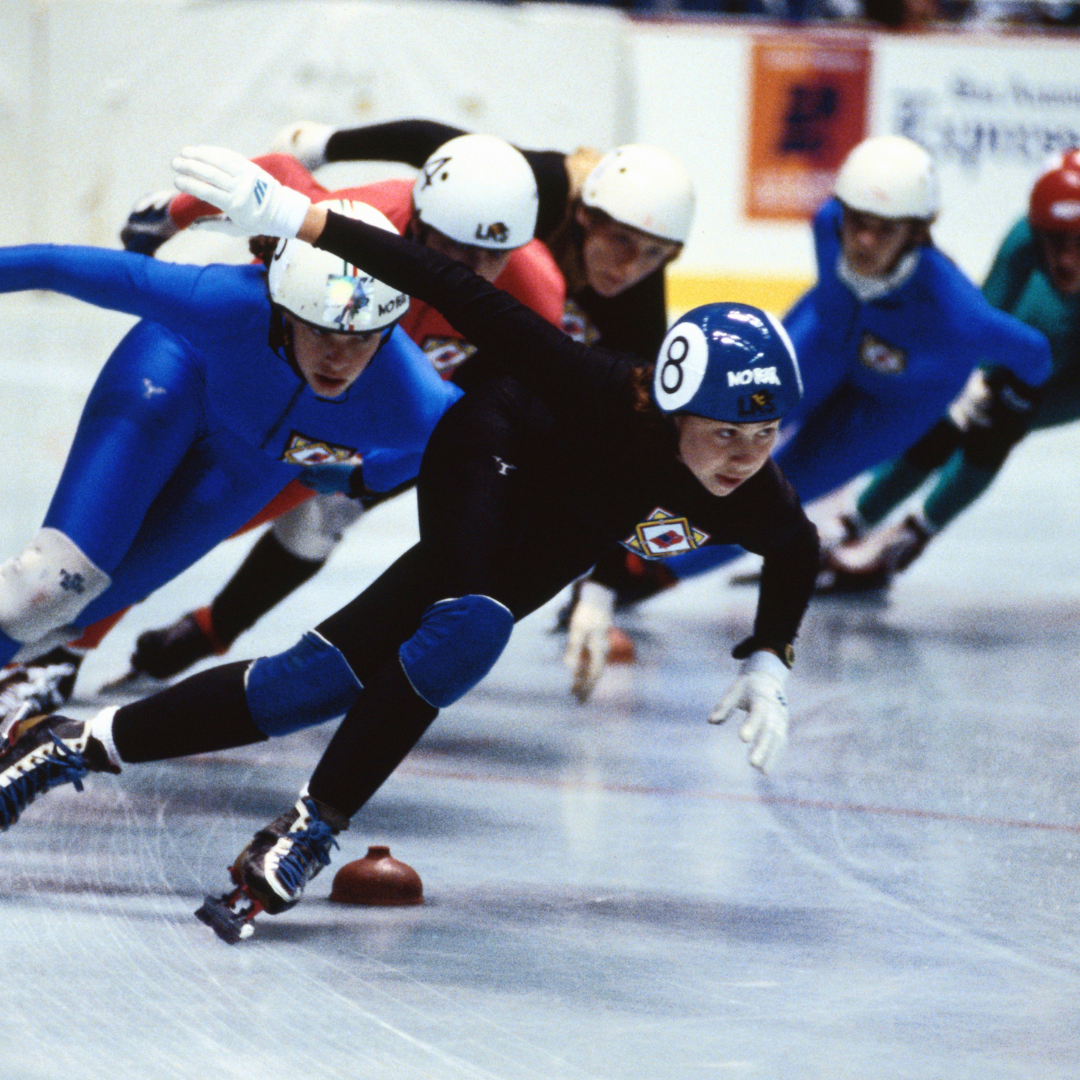
Frontiers in Sports and Active Living | November 2023
Skating techniques of ladies’ world-class long-distance speed skaters to shorten curved-section time during the official 3,000 m race
“These results suggested that to reduce the skating time through curved sections, maintaining an inward body tilt and minimizing the decrease in centripetal acceleration even in the final race stage are crucial considerations.“
Newsletter History
Applied Sports Science Weekly Digest #323
Frontiers in Sports and Active Living | October 2023Developmental activities of elite junior hockey players: an analysis of early sport specialization"The early specialization path remains a popular trajectory among coaches, parents, and athletes in Canadian ice...
Applied Sports Science Weekly Digest #322
Frontiers in Sports and Active Living | October 2023Heart rate responses, agreement and accuracy among persons with severe disabilities participating in the indirect movement program: Team Twin—an observational study"These findings implicate the methodical and...
Applied Sports Science Weekly Digest #321
Frontiers in Sports and Active Living | October 2023The effect of compression and combined compression-tactile stimulation on lower limb somatosensory acuity"These findings demonstrate that additional sensory feedback may be beneficial to individuals with lower...
Research Articles
Suggested articles for further readingBODY COMPOSITION
Jackson, A and Pollock, M. Generalized equations for predicting body density of men. British Journal of Nutrition. 1978;40:497-504. Abstract
Siri, W. Body composition from fluid space and density. Brozek & A. Hanschel (Eds.), Techniques for measuring body composition. 1961;223-244. Abstract
Brozek, J, Grande, F, Anderson, J, and Keys, A. Densitometric analysis of body composition: Revision of some quantitative assumptions. Annals of the New York Academy of Sciences. 1963;110:113-140. Abstract
INJURY PREVENTION IN YOUTH ATHLETES
Chu, D., A. Faigenbaum, and J. Falkel. Progressive Polymetrics for Kids. Monterey, CA: Healthy Learning. 2006
Hewett, T. G. Myer, and K. Ford. Reducing knee and anterior cruciate ligament injuries among female athletes. J Knee Surg 18:82-88. 2005.
Micheli, L. Preventing injuries in sports: What the team physician needs to know. In: F.I.M.S. Team Physician Manual, 2nd ed., K. Chan, L. Micheli, A. Smith, C. Rolf, N. Bachl, W. Frontera, and T. Alenabi, eds. Hong Kong: CD Concept. 2006. pp. 555-572.
RPE (RATING OF PERCEIVED EXERTION)
Pandolf, K, Billings, D, Drolet, L, Pimental, N, and Sawka, M. Differentiated ratings of perceived exertion and various physiological responses during prolonged upper and lower body exercise. European Journal of Applied Physiology and Occupational Physiology. 1984;53:5-11. Abstract
Baden, D, McLean, T, Tucker, R, Noakes, T, and St Clair Gibson, A. Effect of anticipation during unknown or unexpected exercise duration on rating of perceived exertion, affect, and physiological function. J Sports Med. 2005;39:742-746. Abstract
SLEEP
For a more thorough list about sleep, check out Fatigue Science’s extensive research page.
Russel, C., PhD, J.A., PhD, Arand, D., PhD, Myers, L.J., PhD, Wubbels, P., BS, and Downs, H., PhD. Validation of the Fatigue Science Readiband™ Actigraph and Associated Sleep/Wake Classification Algorithms. Archinoetics, LLC.
Globe and Mail. The Globe and Mail, 31 Dec. 2014. Web. 13 Apr. 2015. Article
Mah CD; Mah KE; Kezirian EJ; Dement WC. The effects of sleep extension on the athletic performance of collegiate basketball players. SLEEP 2011;34(7):943-950.
GPS (GLOBAL POSITIONING SYSTEM)
Varley M, Fairweather I and Aughey R. Validity and reliability of GPS for measuring instantaneous velocity during acceleration, deceleration and constant motion. Journal of Sports Sciences. 2012;30(2):121-127. Abstract
Boyd L, Ball K and Aughey R. Quantifying external load in Australian football matches and training using accelerometers. I J Sports Phys and Perf. 2013;8(1):44-51. Abstract
Gabbett T. Quantifying the physical demands of collision sports; does microsensor technology measure what it claims to measure? J Strength and Conditioning Research. 2013;27(8):2319-2322. Abstract
HYDRATION
For a thorough list of publications about hydration, visit the Gatorade Sports Science Institute Publications page.
Osterberg, K, Horswill, C, and Baker, L. Pregame urine specific gravity and fluid intake by National Basketball Association players during competition. Journal of Athletic Training – J ATHL TRAINING. 2009 01-02;44(1):53-7. Abstract
Godek, S, Peduzzi, C, Burkholder, R, Condon, S, Dorshimer, G, and Bartolozzi, A. Sweat rates, sweat sodium concentrations, and sodium losses in 3 groups of professional football players. Journal of Athletic Training. 2010 Jul-Aug; 45(4): 364–371. Abstract
WELLNESS QUESTIONNAIRE
Hooper, S, Mackinnon, L. Monitoring overtraining in athletes: recommendations. Sports Med. 1995;20(5):321–327.
McLean, B, Coutts, A, Kelly, V, McGuigan, M, and Cormack, S. Neuromuscular, endocrine, and perceptual fatigue responses during different length between-match microcycles in professional rugby league players. International Journal of Sports Physiology and Performance. 2010;5:367-383. Abstract
HRV (HEART RATE VARIABILITY)
Holman, A and Ng, E. Heart rate variability predicts anti-tumor necrosis factor therapy response for inflammatory arthritis. Auton Neurosci. 2008;143:58-67. Abstract
Fomin, R and Nasedkin, V. Effective management of athlete preparation: a comprehensive approach to monitoring of athlete’s individual readiness. White paper, Omegawave, ePub. 2013.
FORCE PLATE
Linthorne, N. Analysis of standing vertical jumps using a force platform. American Journal of Physics. 2001. Abstract
Guillaume L, Wagner P, and Tombleson T. Countermovement jump height: gender and sport-specific differences in the force-time variables. Journal of Strength and Conditioning Research. 2013. Abstract
ithlete. Guide to training with heart rate variability (HRV). HRV Fit Ltd. 2012. Download
